

Andrew Maclean
Honda CR-V RS e:HEV vs Toyota RAV4 Edge Hybrid: Spec battle
5 Days Ago
The Kia Sorento now comes with four engine options running the gamut. Here we take a look at the new, fuel-saving hybrid model.
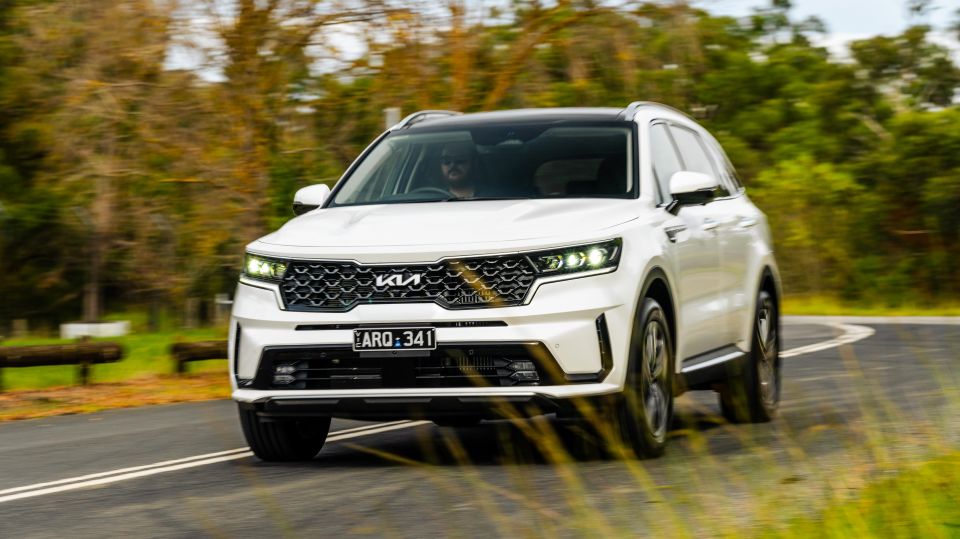
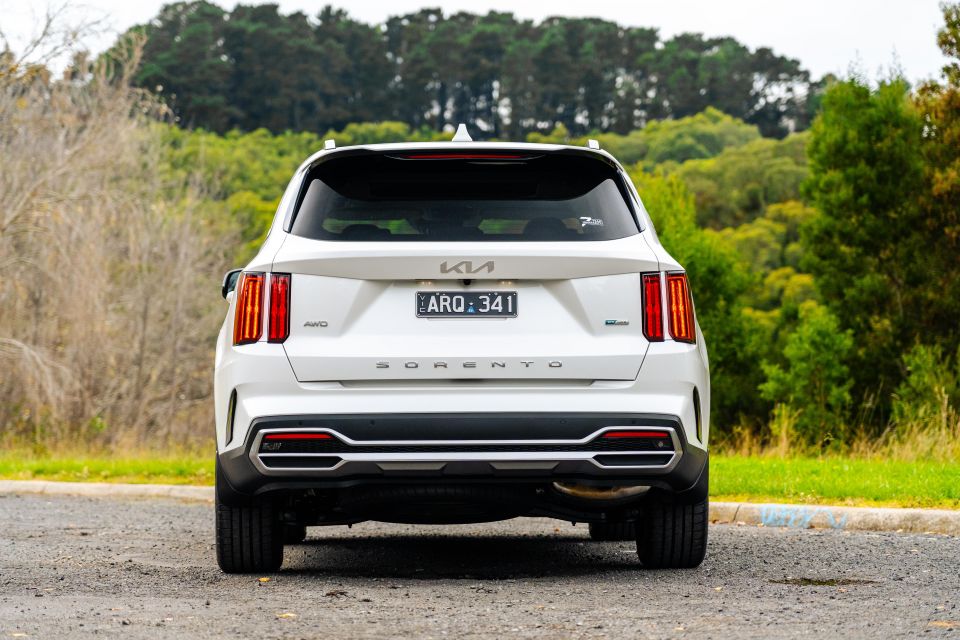

Senior Contributor

Senior Contributor


Senior Contributor

Senior Contributor
The Kia Sorento seven-seat SUV offers the most diverse powertrain line-up in the country; with the familiar petrol and diesel models now joined by two hybrids and a plug-in hybrid.
We have already tested the PHEV model here. Now it’s turn for the Sorento ‘regular’ hybrid, which offers fuel-sipping abilities similar to that of the well-known and top-selling Toyota RAV4 and Kluger.
Don’t expect the 2022 Kia Sorento Hybrid to be a big-seller like its popular Toyota competitors however, with much of the global production output being sucked up by Europe, leaving the Australian pipeline as more of a trickle – about 20 cars per month.
But if you can get one, it looks a great balance between the less-refined diesel, and thirstier petrol V6 options, at a more palatable price than the PHEV. Let’s take a look.
Because supply is so constrained, Kia has opted to sell the Sorento Hybrid in flagship GT-Line spec level only for the time being – as it also does with the PHEV. Cash in.
With front-wheel drive it costs $66,750 before on-road costs, and all-wheel drive (AWD) $69,750. We have the latter here.
This pricing positions the Sorento about mid-way between the Toyota Kluger GXL and Kluger Grande hybrids for context.

2022Kia Sorento GT-Line pricing:
Drive-away pricing shown in brackets
Listed drive-away prices are using a Victorian postcode, with some state variances unfortunately still applicable.
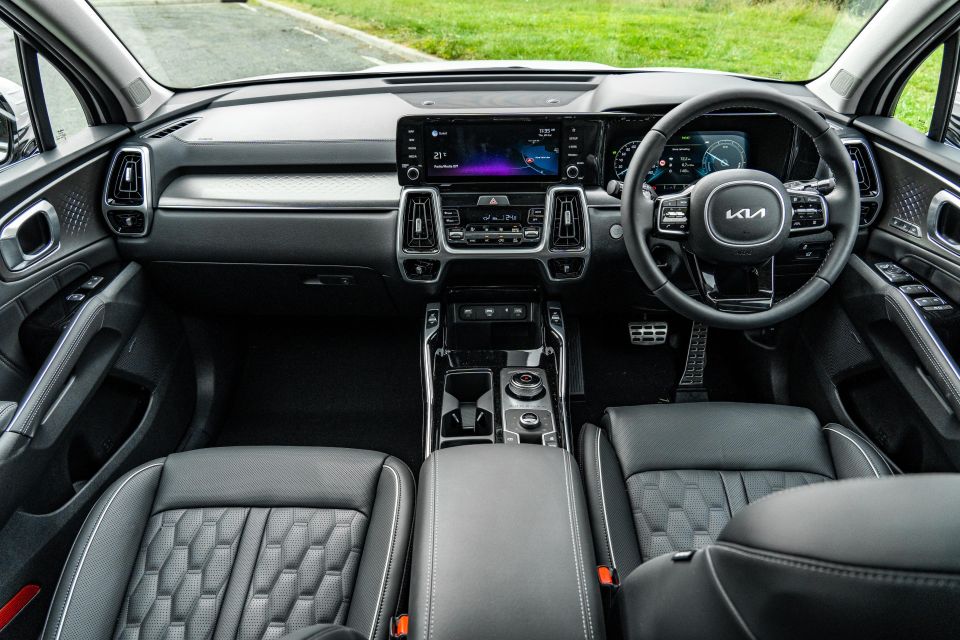
The Sorento’s interior makes a good first impression, with backlit silver door inlays setting an immediate ambience, and well-bolstered Nappa leather seats with hexagonal quilting patterns, ventilation, heating and memory presets (driver’s side for the lattermost feature).
Behind that leather-wrapped steering wheel with Kia’s swish new corporate logo is a 12.3-inch digital cluster with specific power meter dial on the right in lieu of a tachometer. There’s also a hybrid system diagram that shows you its workings in real-time.
It offers a menu that rates your driving style, encouraging you to preserve the dinosaur juice; a tyre-pressure gauge, and a diagram showing you where the AWD system is sending torque in real-time.
A head-up display projects vehicle data such as your speed onto the windscreen, meaning you need not stop looking ahead.
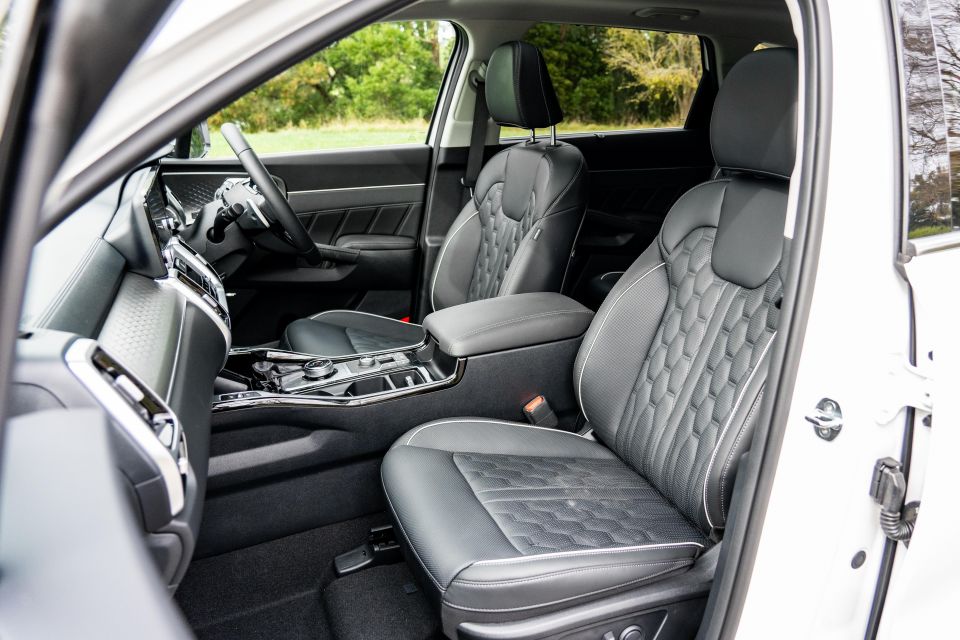
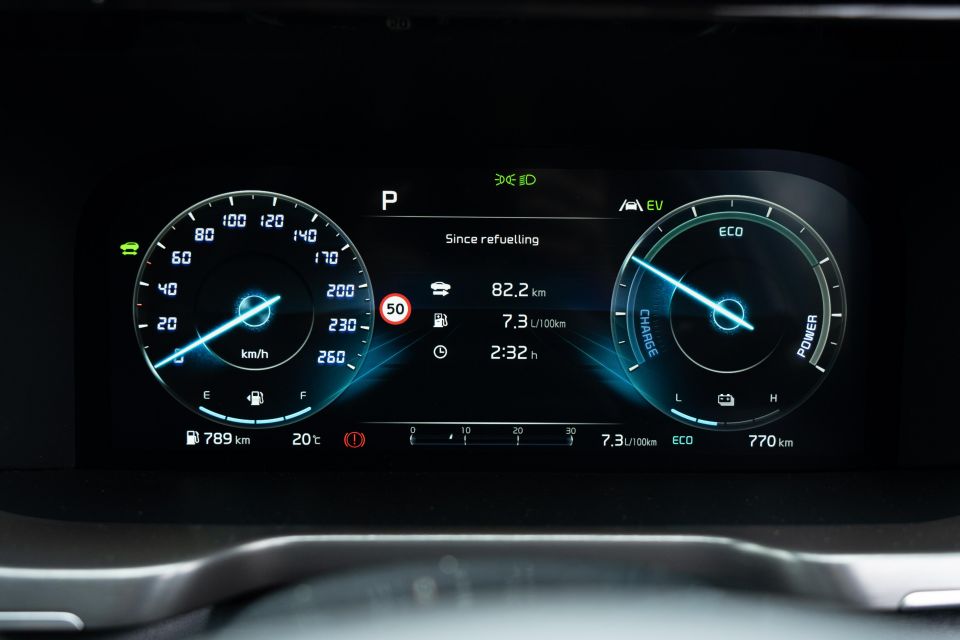
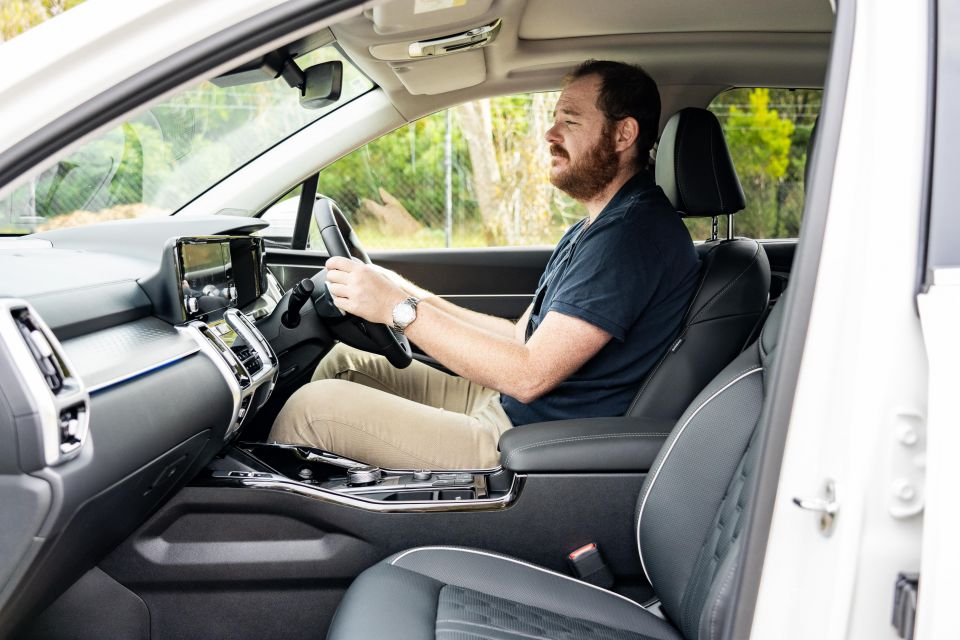
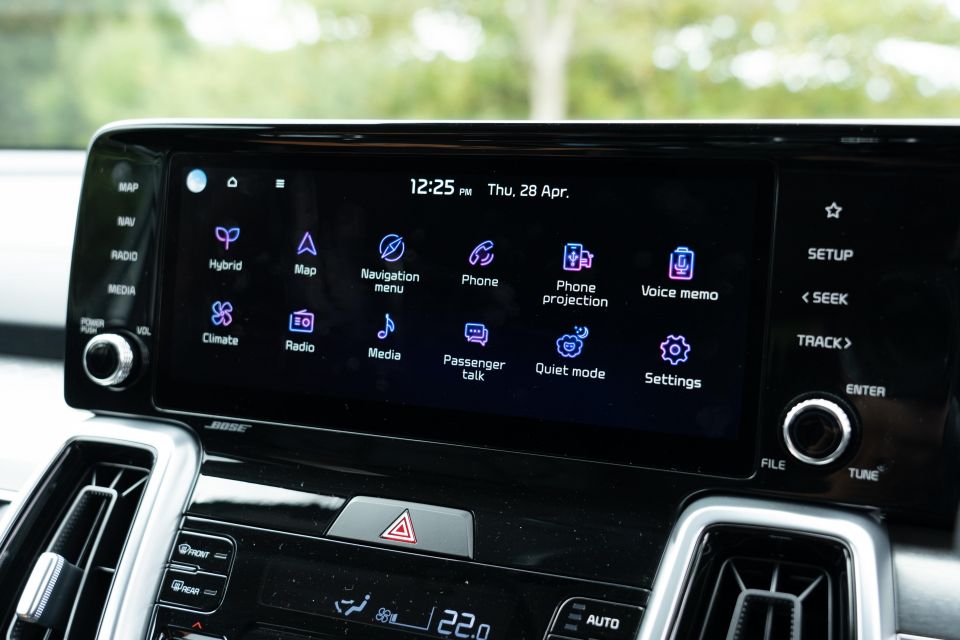
The centre display is familiar from other Sorentos, but it offers a hybrid-specific menu demonstrating the system’s energy flow. It can also be a split-screen display so you can leave this running while viewing, or example, maps.
To your left knee is an in-vogue circular gear shifter enabled by the shift-by-wire transmission design, behind which sits another dial to control your drive modes (‘Sport’ sharpens the throttle uptake, ‘Eco’ dulls it, ‘Smart’ leaves it to the car’s brain).
Behind this are buttons and switches for the electric park brake, Auto Hold anti-creep function, steering wheel heater control, downhill assist activation, and the 360-degree camera button – the resolution of which is absolutely top-notch, making parking a breeze.
The build quality is hard to fault to any great degree, and some nice design touches include the brushed metal-like trim on the dash, aforementioned backlit door inserts, padded leather-like arm rests and door cards, and soft-touch dash.
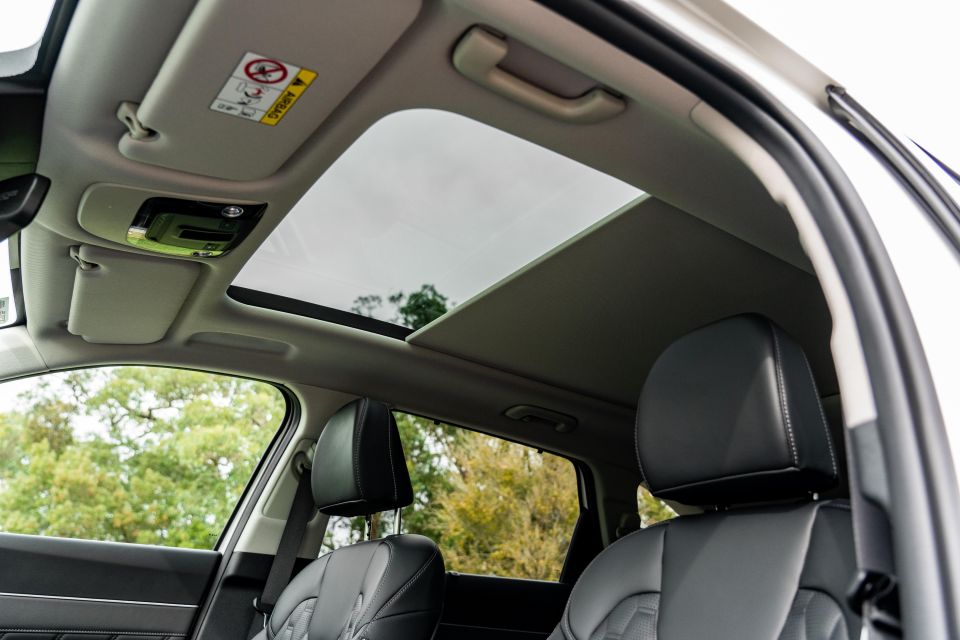
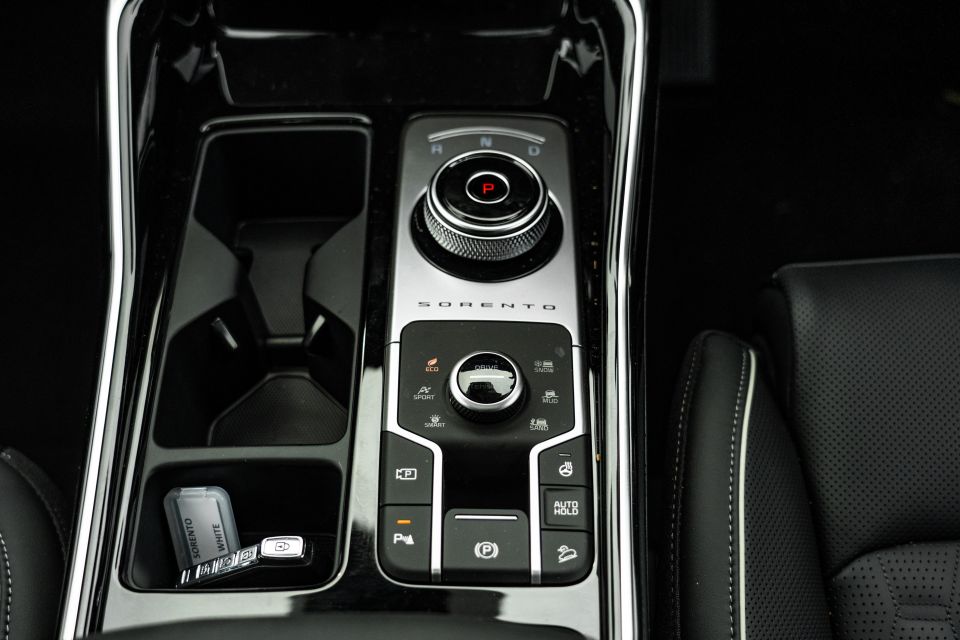
I’m not so enamoured with the overuse of glossy black plastic along the fascia and tunnel.
The Bose system’s audio quality is excellent, with good control over the bass and little distortion to my ears. There are some really cool functions, for example different interior light signatures, and an intercom system to communicate with third-row occupants.
It’s not a wire-free environment however, with smartphone mirroring requiring devices to be plugged in, and the voice control button only works when you’re using Apple CarPlay or Android Auto, rather than offering a fully integrated conversational alternative to buttons and menus.
There are also some gimmicks. Who really wants a voice memo recorder in their car? Maybe my finger isn’t on the pulse…
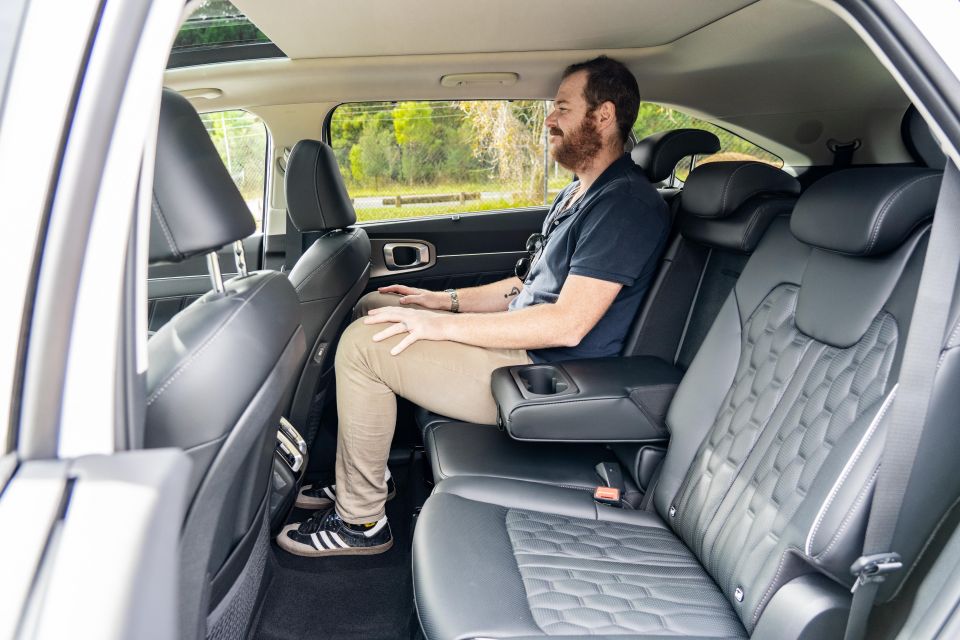
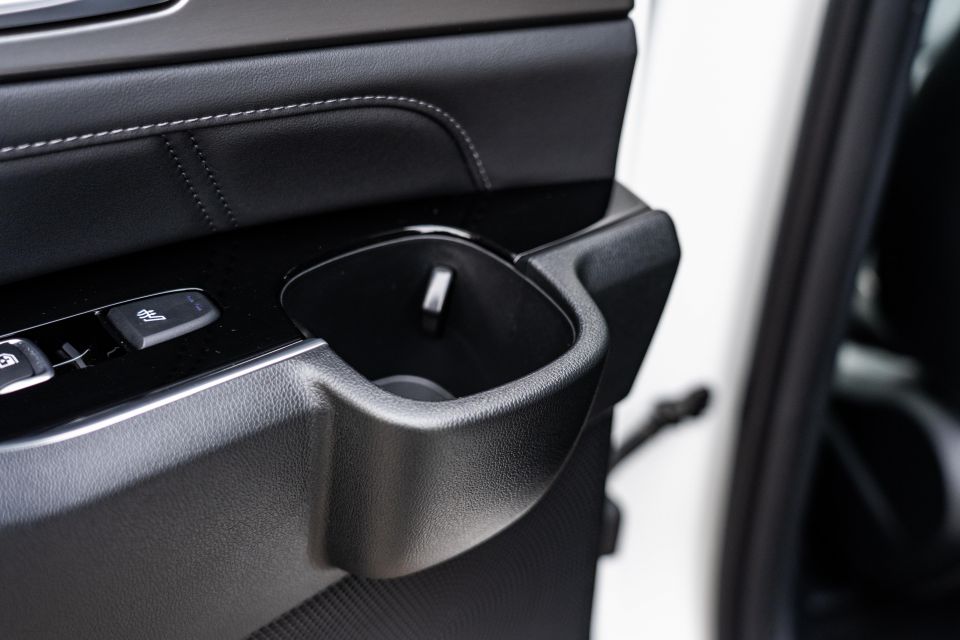
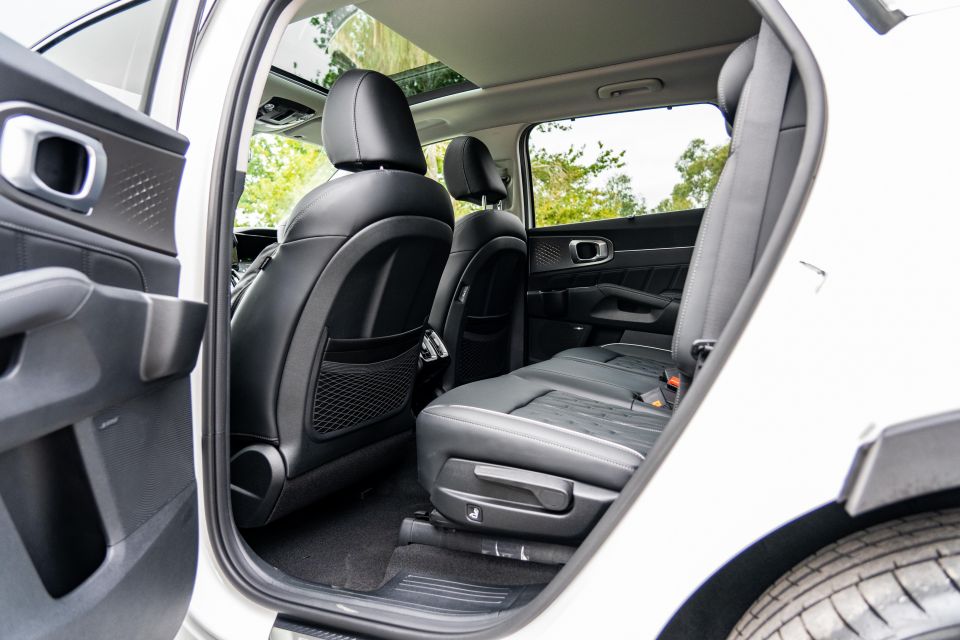
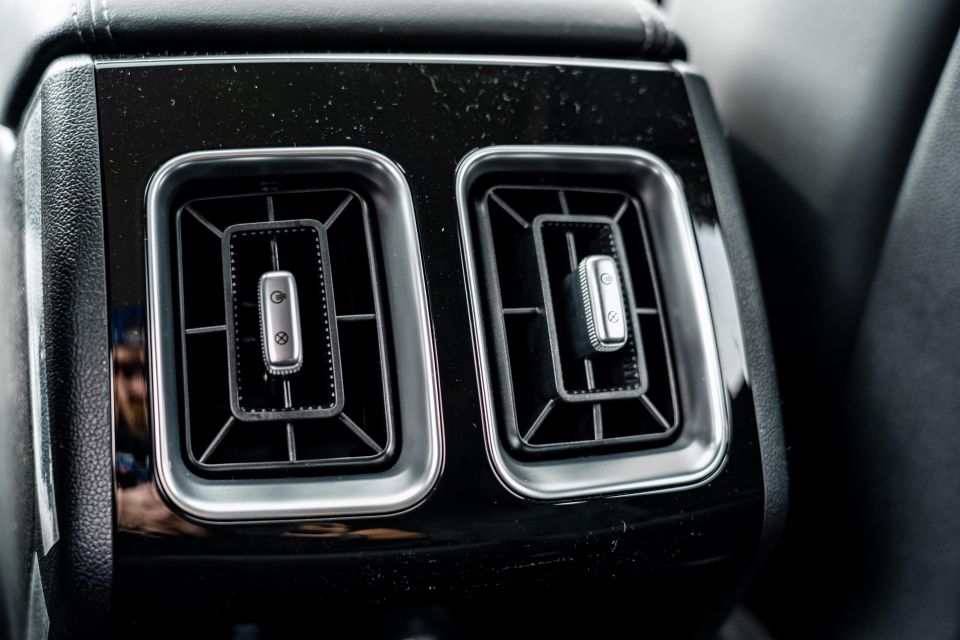
The back doors don’t quite open 90-degrees, but the aperture is generous enough. The doors have nifty pull-up sun shades, conveniently high-mounted cup holders and bottle bins, and the material quality is about as solid as you find up front. The doors close with a solid thunk.
Each outboard second-row seat is heated, a function controlled by button on each rear door. Legroom and shoulder room were excellent – I’m 194cm or 6’4 in the old money – but the big sunroof does eat into headroom a bit.
Middle-row occupants are treated to three USB points (one in each front seat’s side, one behind the centre console), air vents, and a 12V socket. There are also LED reading lights and spring-loaded overhead grab handles.
The middle seat’s backrest flips down to become an armrest with integrated cup holders for outboard occupants. This middle perch is suited to kids more than adults, though the lack of a notable driveshaft hump is most welcome.
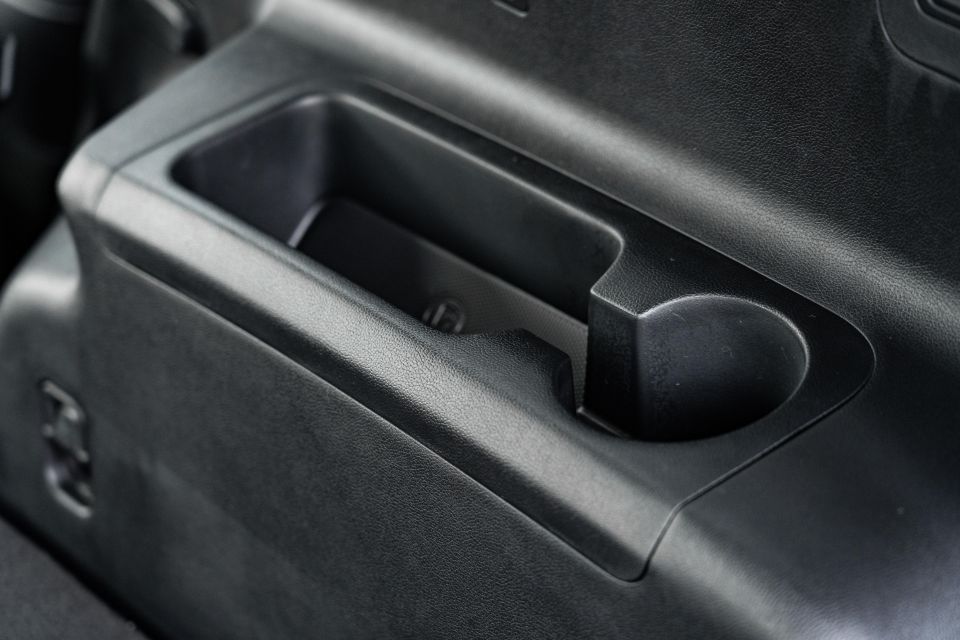
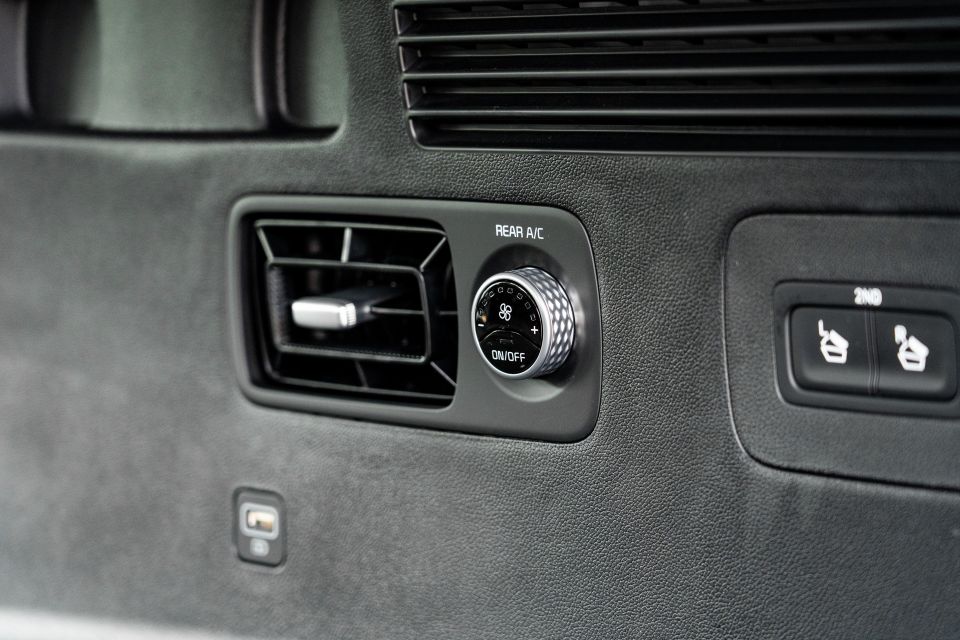
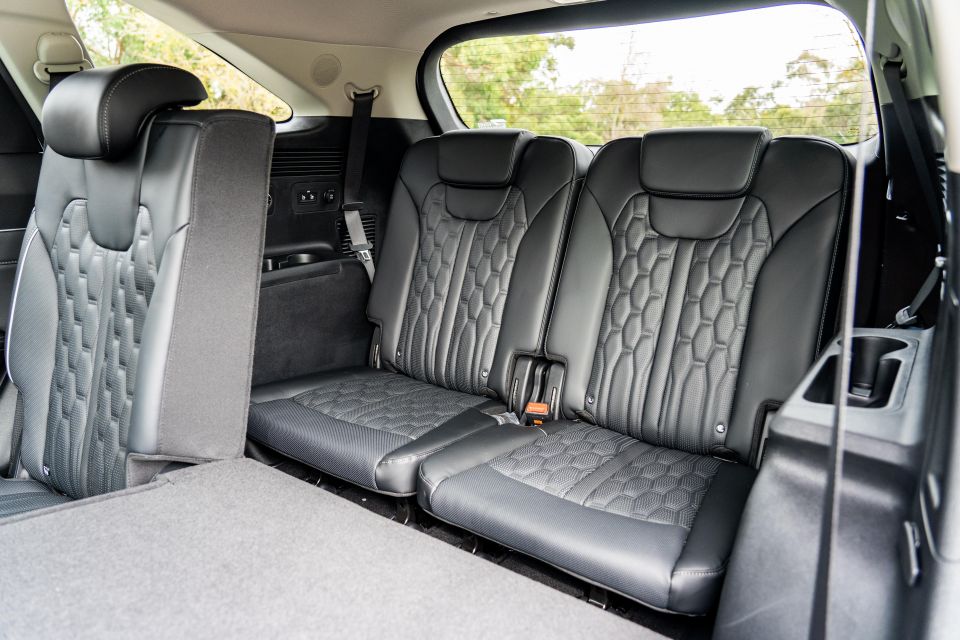
You can recline each portion of the split-folding middle-row bench (60 per cent on the left, 40 per cent on the right), and each portion slides forward and backwards on rails.
Access to the third row of seats is as simple as pushing one button mounted on the left-hand-side middle seat. This slides and tilts the larger, kerbside portion of the split bench. Space back there on the flat-folding third-row seats is kid-friendly, rather than adult-ready.
Amenities in the rearmost row include vents at your side with their own controls, two USB points (meaning there are eight in the car), and cup holders.
Visibility out is hindered by the small side windows and large D-pillar, and it’s important to mention that the side-curtain airbags do not cover the entirety of the third row in a side-on collision.
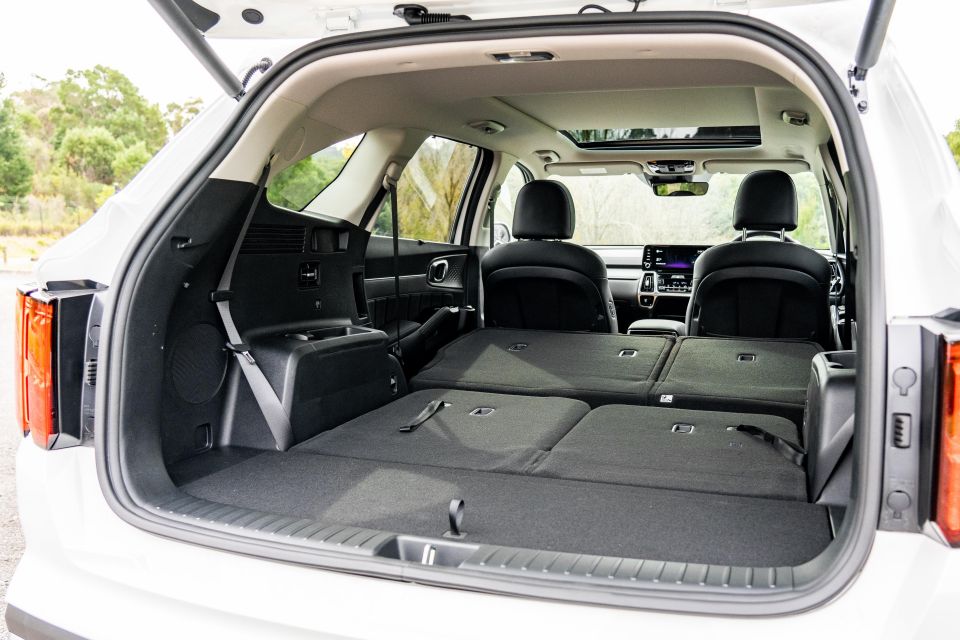
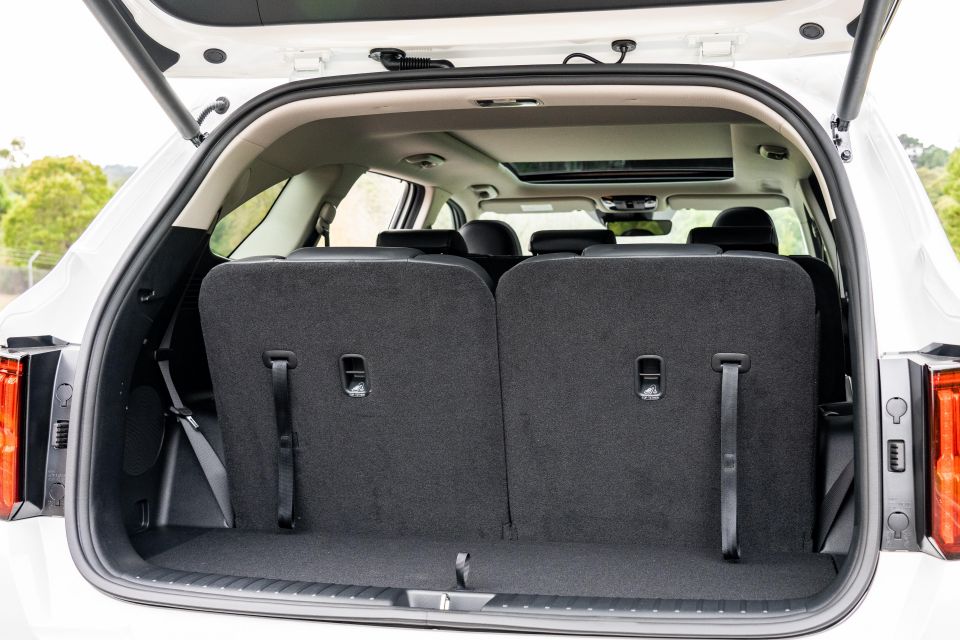
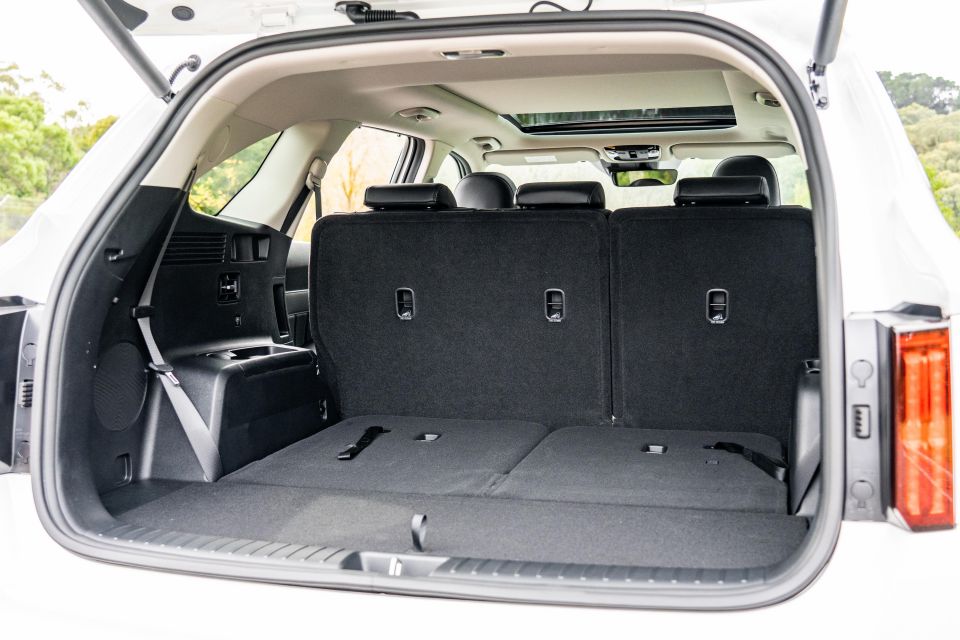
In terms of practicality, the HEV’s dimensions are identical to the other Sorentos (4810mm long, 1900mm wide and 1695mm tall), but it’s marginally less roomy than the petrol and diesel alternatives.
Second row legroom is down 26mm, and luggage space (179L with seven seats in use, 608L with the third-row folded, 1996L with second- and third-rows folded) is between 8 litres and 15 litres smaller. That’s precious little, in the grand scheme.
To Kia’s eternal credit there is storage for the sliding cargo cover to be tucked away neatly under the loading floor. Moreover, folding the second-row seats flat is as simple as pressing buttons mounted next to the rear 12V socket.
There’s also a full-size alloy spare wheel.
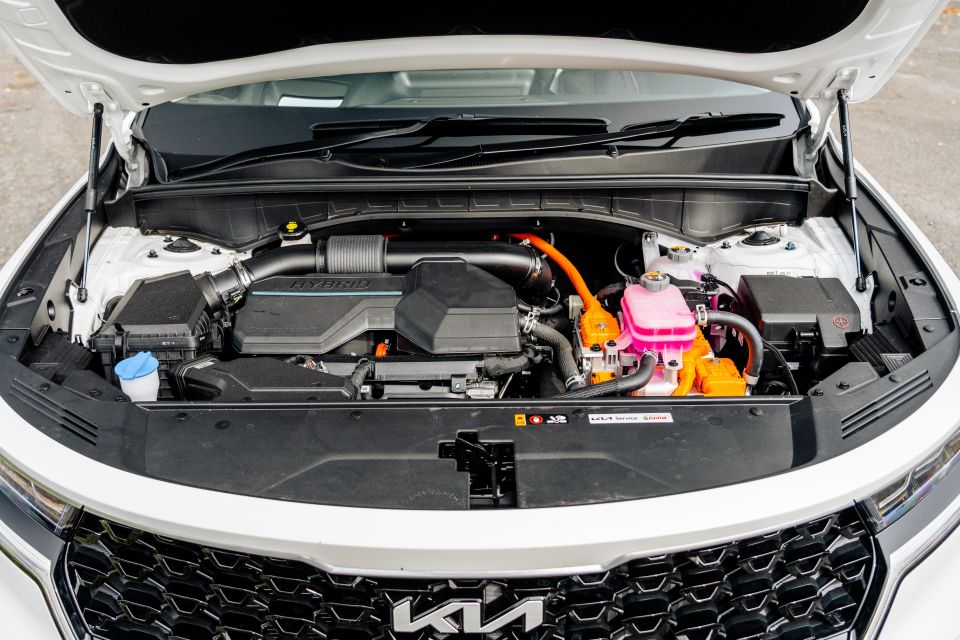
The Sorento’s Toyota-style ‘parallel’ hybrid system comprises a 1.6-litre turbocharged petrol engine making 132kW of power and 265Nm of torque. This is paired with an electric motor, making 44kW and 264Nm, mounted between the engine and six-speed automatic transmission.
Full outputs of both the petrol engine and/or electric motor can be transferred in parallel through the transmission, with energy loss reduced accordingly.
Maximum hybrid system power and torque outputs are 169kW and 350Nm, and unlike Toyota’s hybrid SUV there’s no second motor running the AWD system from the rear axle. The mechanical AWD has variable torque distribution with a front-wheel bias, plus 50:50 locking.
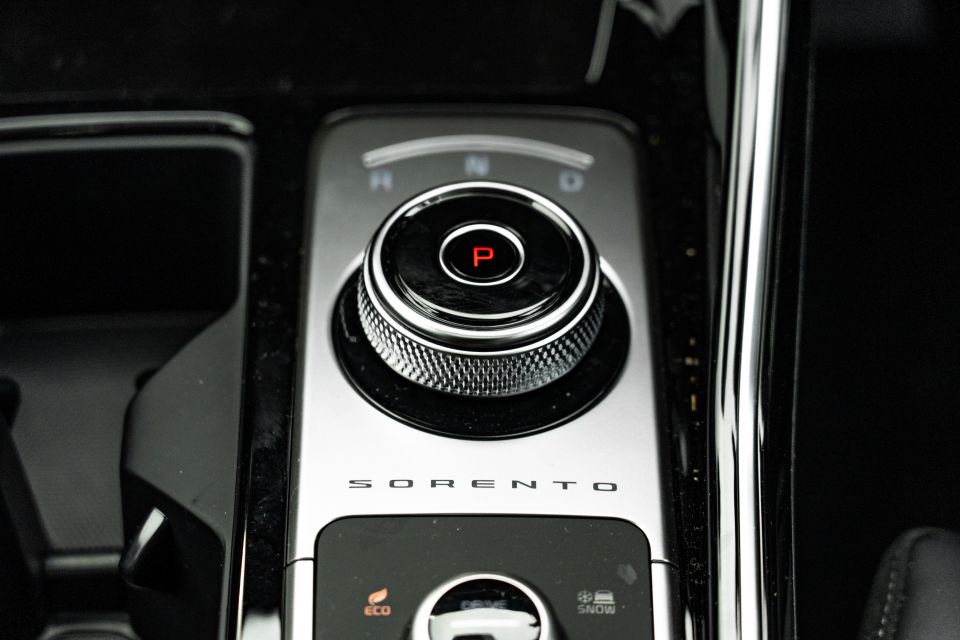
What differentiates the Sorento HEV and the pricier PHEV is the battery capacity and weight.
The regular hybrid has a 55kg lithium-ion battery under the middle seat with energy content of 1kWh, recharged through regenerative braking – when slowing down, energy from the rotating wheels is captured and put into the battery to keep it ready.
By contrast the Sorento PHEV has a 14kWh battery weighing 140kg, which can be charged from a wall socket and allows daily EV-only driving (68km is the generous claim). You pay more than $10,000 for that privilege though…
Fuel consumption for the Sorento Hybrid is 5.3 litres per 100km (FWD) and 5.8L/100km (AWD) on the combined cycle. It can handle 91 RON, which with current fuel prices is ideal. By contrast, the Sorento diesel uses 6.1L/100km and the V6 petrol 9.7L/100km.
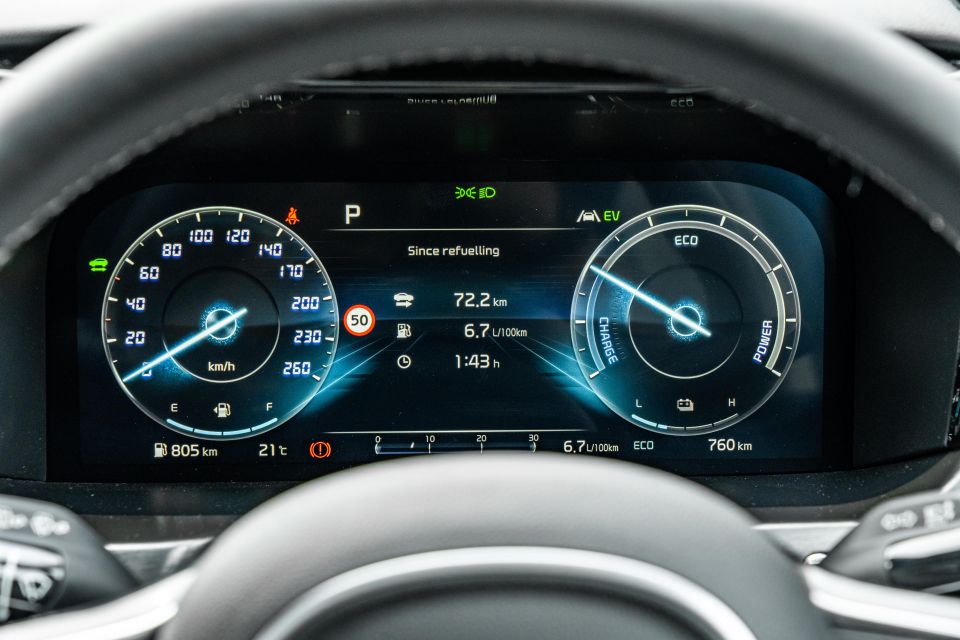
But where the hybrid really shines is in stop/start urban driving where its electric motor is most active: the respective urban-cycle economy claims are 5.9L/100km (Hybrid AWD), 7.4L/100km (Diesel AWD), and 13.7L/100km (V6 FWD).
Thus, those doing lots of highway driving will find the diesel almost as efficient, but those running to the shops and back, doing the suburban school run, or commuting in traffic to work, stand to benefit far more from the more refined petrol-electric option.
With a 67-litre fuel tank, the hybrid’s theoretical driving range sits well north of 1000km.
The Sorento hybrid’s towing capacity is 1650kg braked, down from 2000kg on the petrol and diesel.
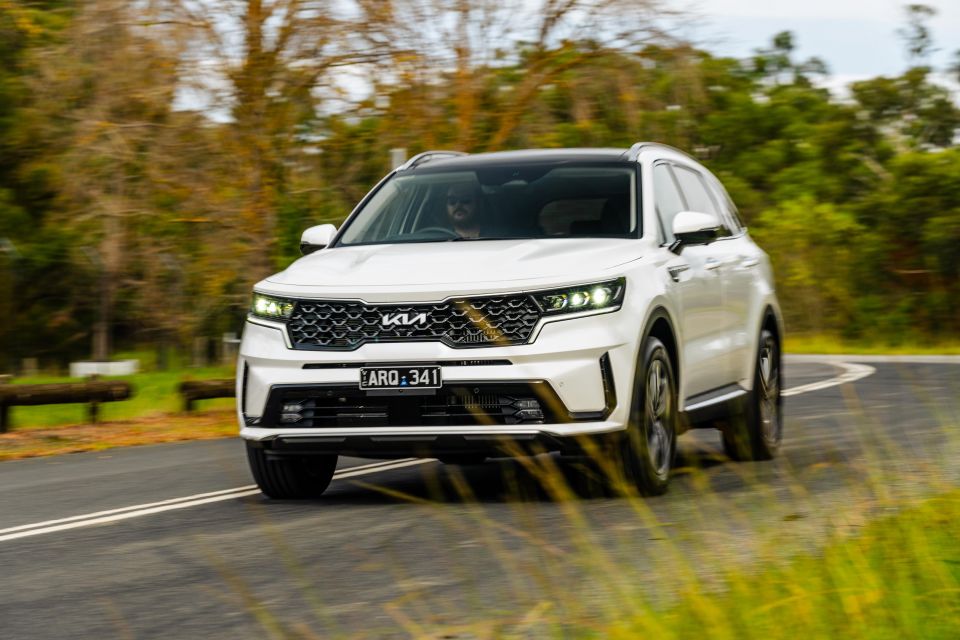
Hybrid drive systems are great options for family suburban SUVs.
The car typically starts silently, and by using the electric motor also gets rolling without the engine kicking in up to about 25km/h. That maximises refinement and cuts fuel consumption.
It also means you can sit in the school pickup zone without emitting noise and particulates – something the popular diesel model sans start/stop function in particular cannot offer – because the 1kW battery can power ancillaries (audio, A/C etc) for a while.
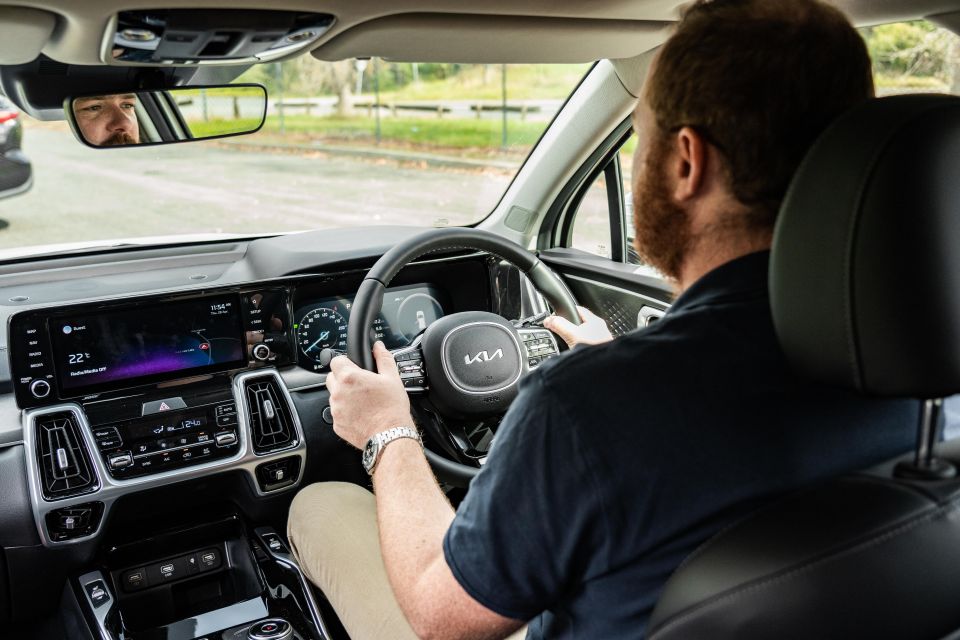
Once you’re going quicker than car park speeds under throttle, the petrol engine kicks in, but does so with good refinement and smoothness. It then disengages sometimes when you’re coasting downhills or you lift off the throttle to prepare to slow down, up to 120km/h.
From the seat of the pants the Toyota Kluger Hybrid seems a little better at sticking with the EV-aping mode at higher rolling speeds, but the Kia felt punchy and refined nevertheless for a near-two-tonne SUV (1948kg claimed). Its combustion engine component is also smoother.
At highway speeds of 100km/h on a country coarse chip road, my decibel reader app read 67dB – 2dB louder than the Kluger on a previous test – with rumble from its Goodyear Eagle eco tyres moderate but not offensive.
I recorded a zero to 100km/h acceleration time of 9.8 seconds and real-world fuel efficiency hovered between 6.4 litres per 100km and 7.3L/100km – not as good as the claim, but for a seven-seat SUV quite frugal nevertheless.
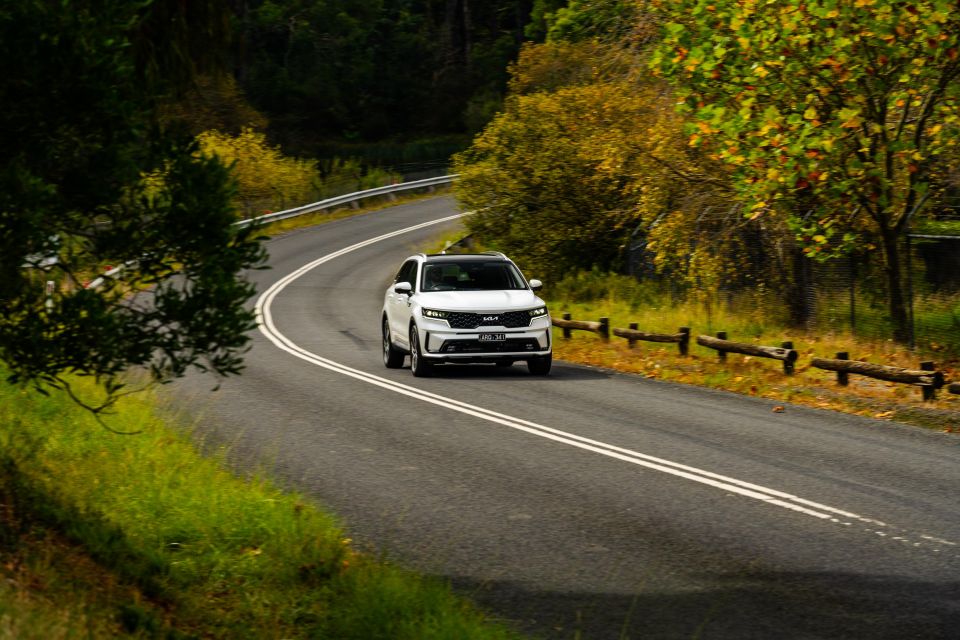
Where expert car reviews meet expert car buying – CarExpert gives you trusted advice, personalised service and real savings on your next new car.
Displayed economy over our press test car’s entire life (1037km on the odo) was 7.0 litres per 100km, and motoring journalists aren’t always the most sympathetic and cautious drivers…
Dynamically speaking, the Sorento carries less battery weight than the PHEV so feels a smidgen more agile than its fellow eco-friendly model.
It rides on 19-inch wheels with 10mm more sidewall that the GT-Line diesel and petrol grades, and overall I found its ride quality and handling balance to be excellent for a vehicle of this type, with a feel that suits local roads.
The Sorento is firm but never brittle or jarring over sharp road imperfections, has quite responsive steering, and retains good body control in corners. It’s no soft, plush SUV without handling acumen, but doesn’t go too far in the other direction, either.
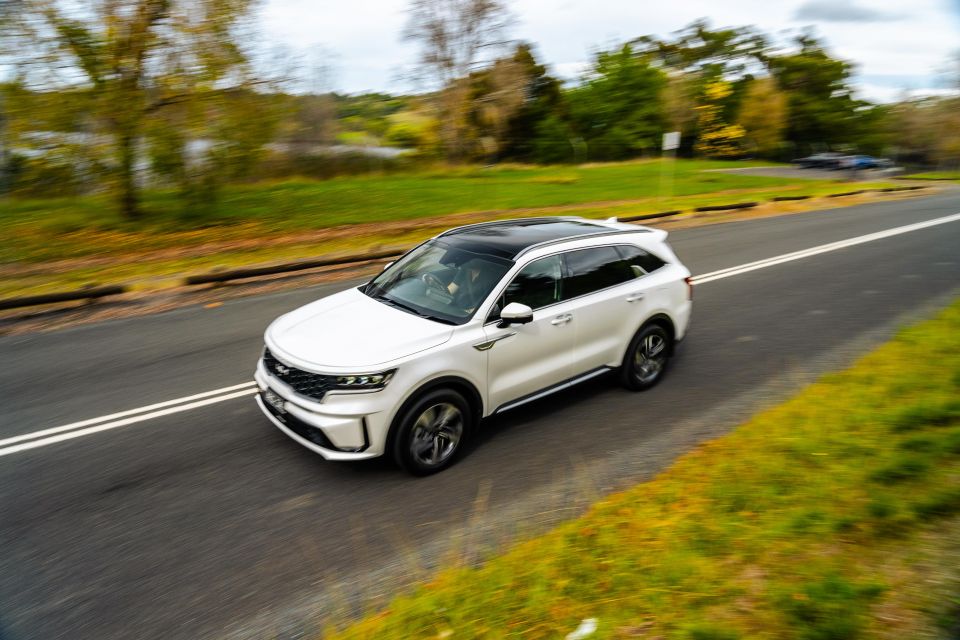
Key mechanical underpinnings are the same, meaning passive damping, McPherson strut suspension at the front and a multi-link independent setup at the rear, a turning circle of 11.6m, and 325mm ventilated disc brakes at both ends.
The driver-assist functions are generally excellent, and anyone who’s driven on a highly connected Korean highway will have little issue getting their heads around why Hyundai and Kia produce hands-off features as good as many of the Europeans do.
The Sorento is able to steer itself between road lines for short periods and match the speed of the car ahead (disclaimer: don’t just drive with your hands off the wheel please!), and displays your rear-side blind spots on a screen in the instrument display.
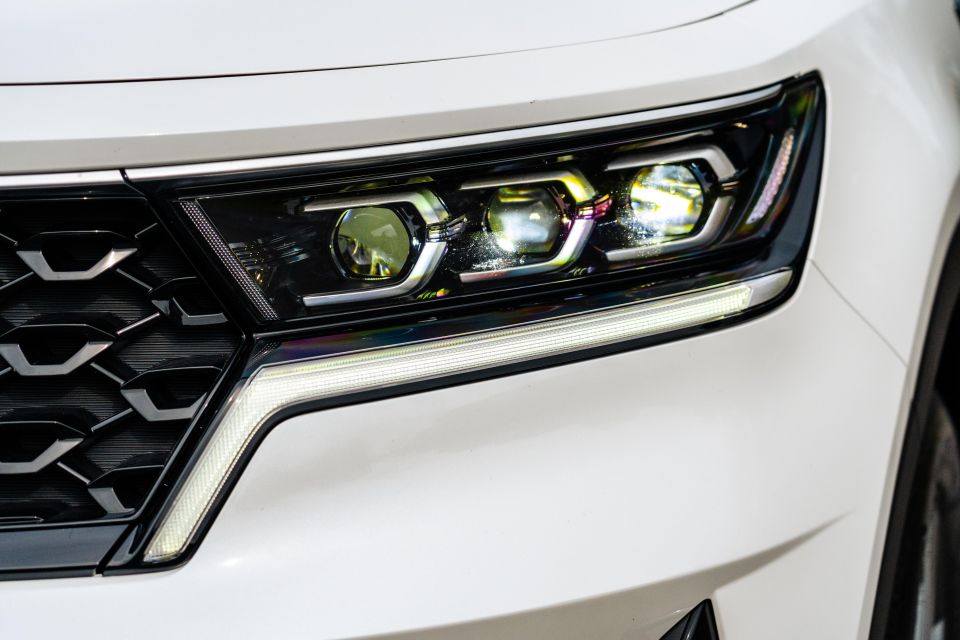

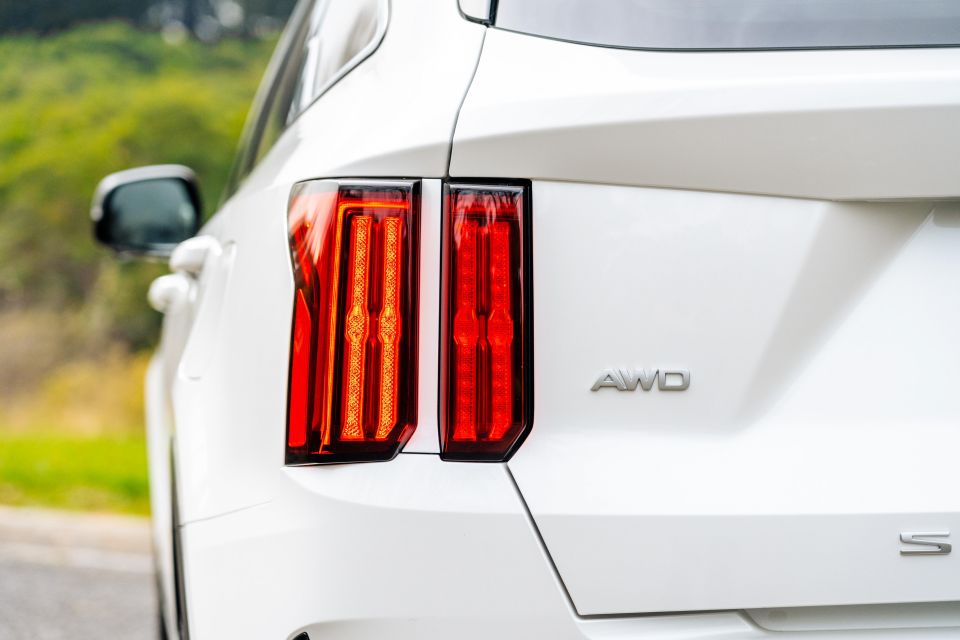
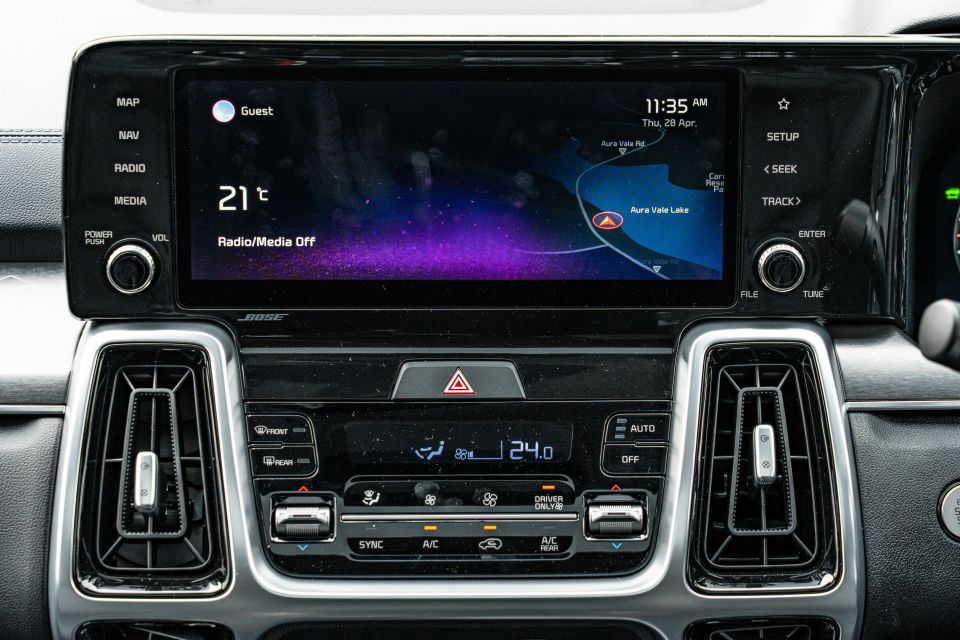
Sorento GT-Line Hybrid highlights:


Being the GT-Line, the Sorento Hybrid comes well-equipped for the money. The features list largely mirrors the petrol and diesel models with a few exceptions.
Disappointingly the Sorento Hybrid lacks the Remote Smart Parking Assist feature (where you use the key fob to pull the vehicle out of tight spots like a giant RC car), and as mentioned earlier trades in the 20-inch wheels for smaller 19-inch units.
Colour choices include the default Clear White, or the $695 extra Aurora Black Pearl, darker Gravity Blue, lighter Mineral Blue, Snow White Pearl, Steel Grey, and Silky Silver. Boring.
MORE: 2022 Kia Sorento price and specs

All Kia Sorentos in Australia wear a five-star ANCAP crash rating, based on Euro NCAP testing conducted in 2020 on the Sorento Hybrid.
Category scores included 82 per cent for adult occupant protection, 85 per cent for children, 63 per cent for vulnerable road users, and 89 per cent for safety assists.
Standard active safety features include:

There are ISOFIX child seat anchors in both the second (outboard) and third rows, with top-tether points on all rear positions.
There are seven airbags (dual front, front-side and curtain, and front-centre) but according to ANCAP the curtains don’t offer full head and chest protection for the third row.
Blind Spot View Monitor side cameras augment the existing blind-spot assist, and Parking Collision Avoidance Assist can apply the brakes if the vehicle detects obstacles at low speeds like pedestrians or a wall.
Further, the GT-Line’s enhanced Safe Exit Assist feature will actually lock the doors to prevent an occupant opening the door into the path of an oncoming road user, by tapping into the rear-side view cameras.
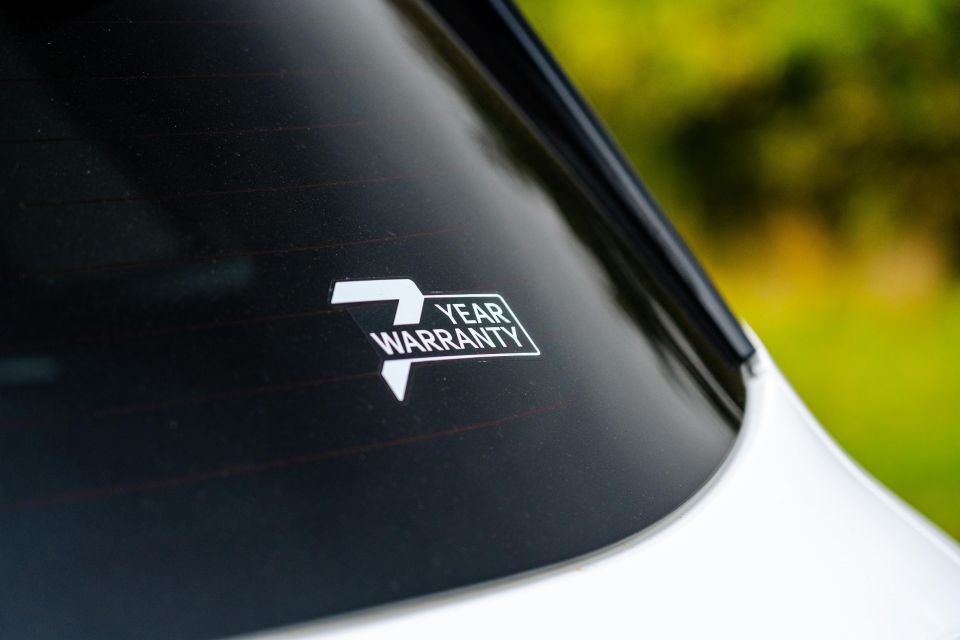
Kia offers a benchmark seven-year, unlimited-kilometre warranty with roadside assist plans.
It’s not cheap to service though, with annual or 10,000km intervals unlike the 15,000km intervals of the 3.5-litre V6 petrol and 2.2-litre turbo-diesel.
The first seven visits according to Kia’s site calculator are: $323, $663, $481, $1010, $364, $897, and $655.
Update: We had the wrong pricing for services 3 and 6, which are now fixed.
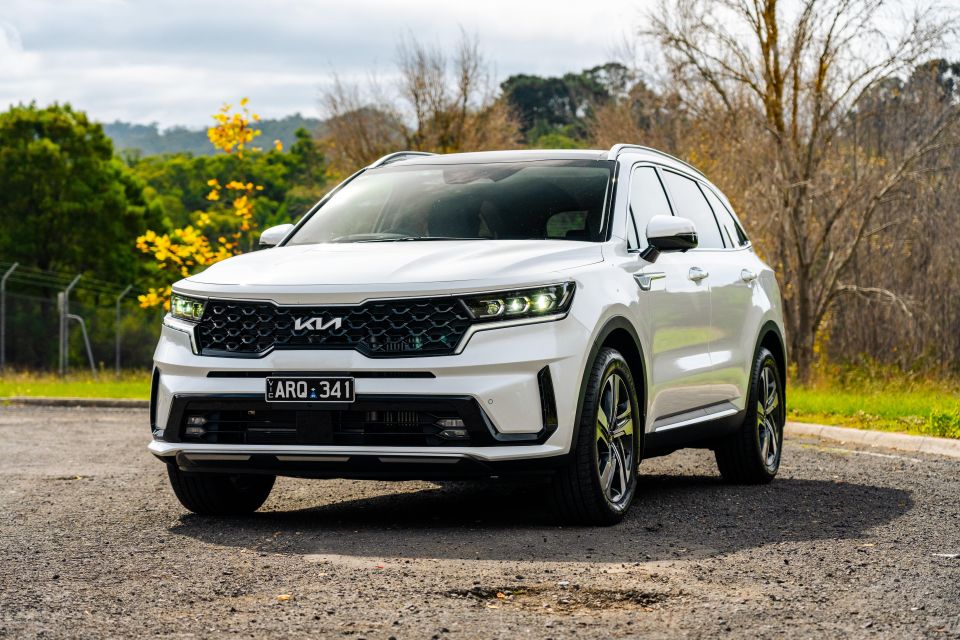
For the Sorento Hybrid to truly challenge the mighty Toyota petrol-electric SUV range in the sales race – something it’s more than capable of – Kia Australia must first secure better supply.
But that aside, it’s an excellent alternative to the diesel for those who do mostly urban and suburban driving, and certainly strikes me as more fit-for-purpose than the thirsty (front-wheel-drive-only) V6 petrol.
Beyond the drivetrain, the Sorento is one of the best ‘5+2’ seat SUVs out there, with good road manners, a fantastically up-to-date interior, and resolved design. Well worth a look…
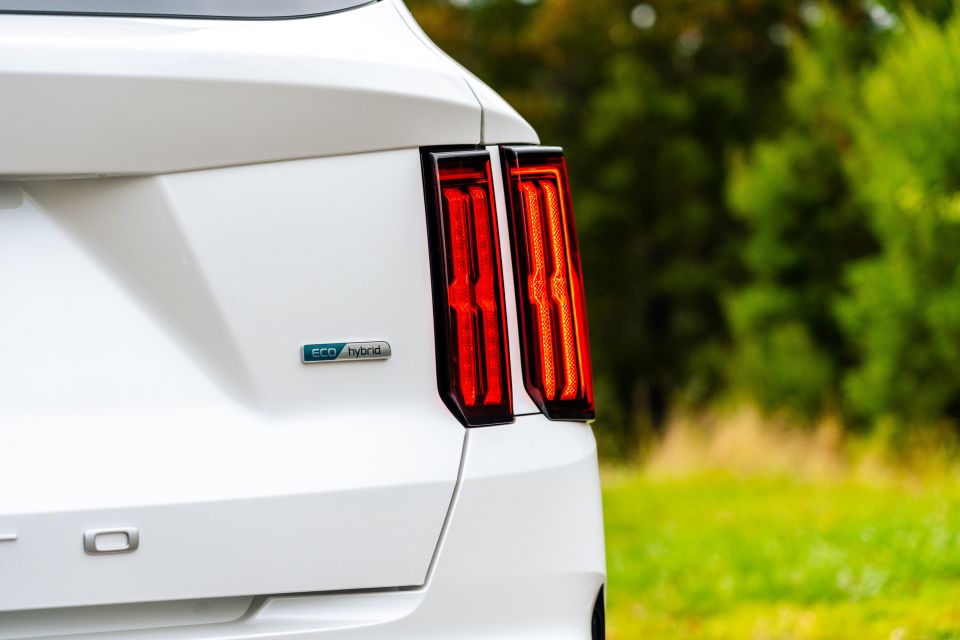
Click the images for the full gallery
MORE: Everything Kia Sorento


Andrew Maclean
5 Days Ago


Shane O'Donoghue
5 Days Ago


Anthony Crawford
4 Days Ago


Matt Campbell
3 Days Ago


James Wong
2 Days Ago
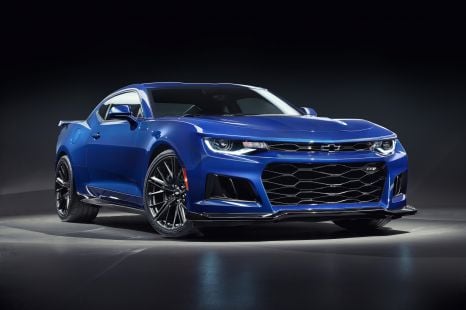

William Stopford
2 Hours Ago